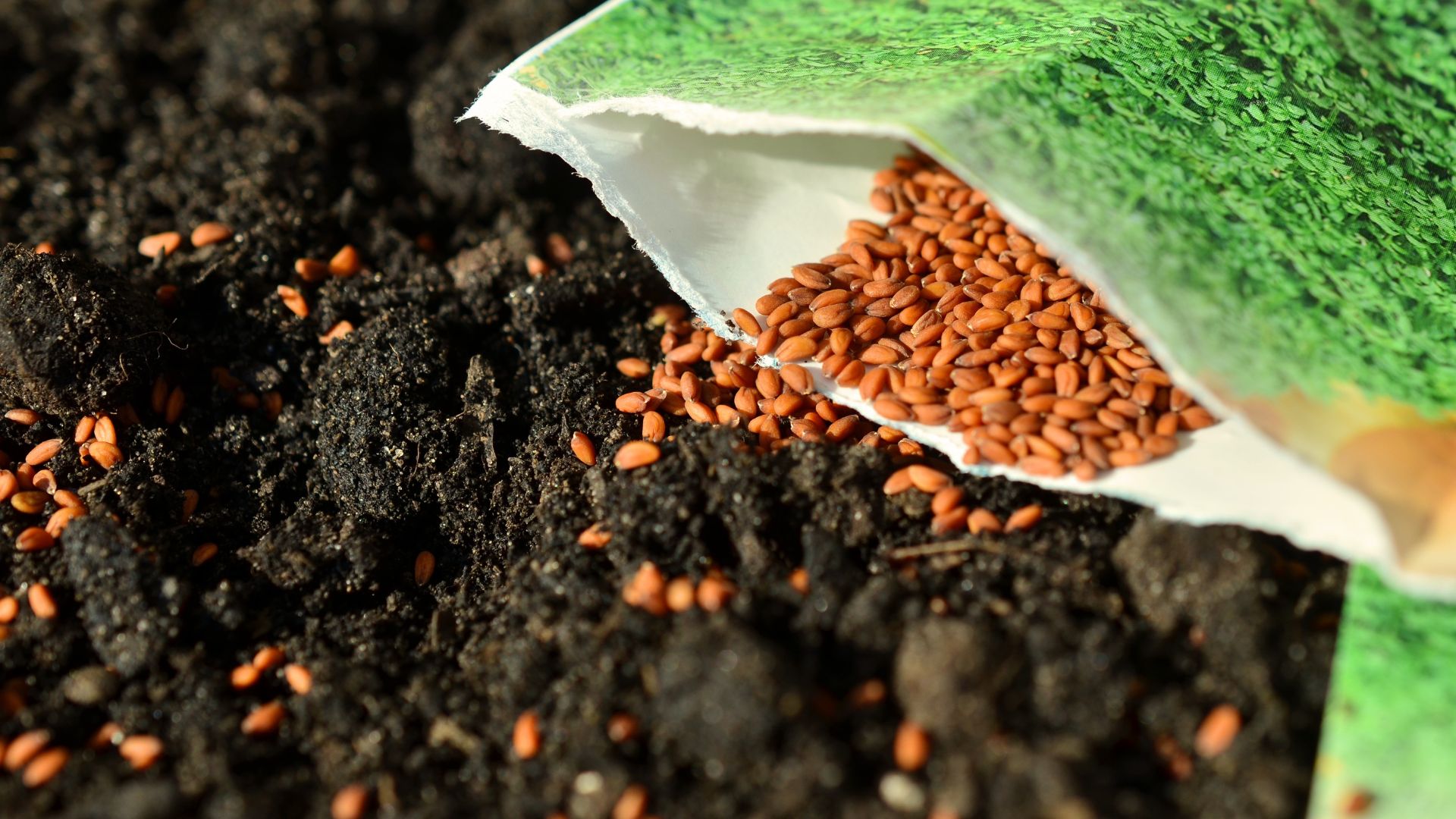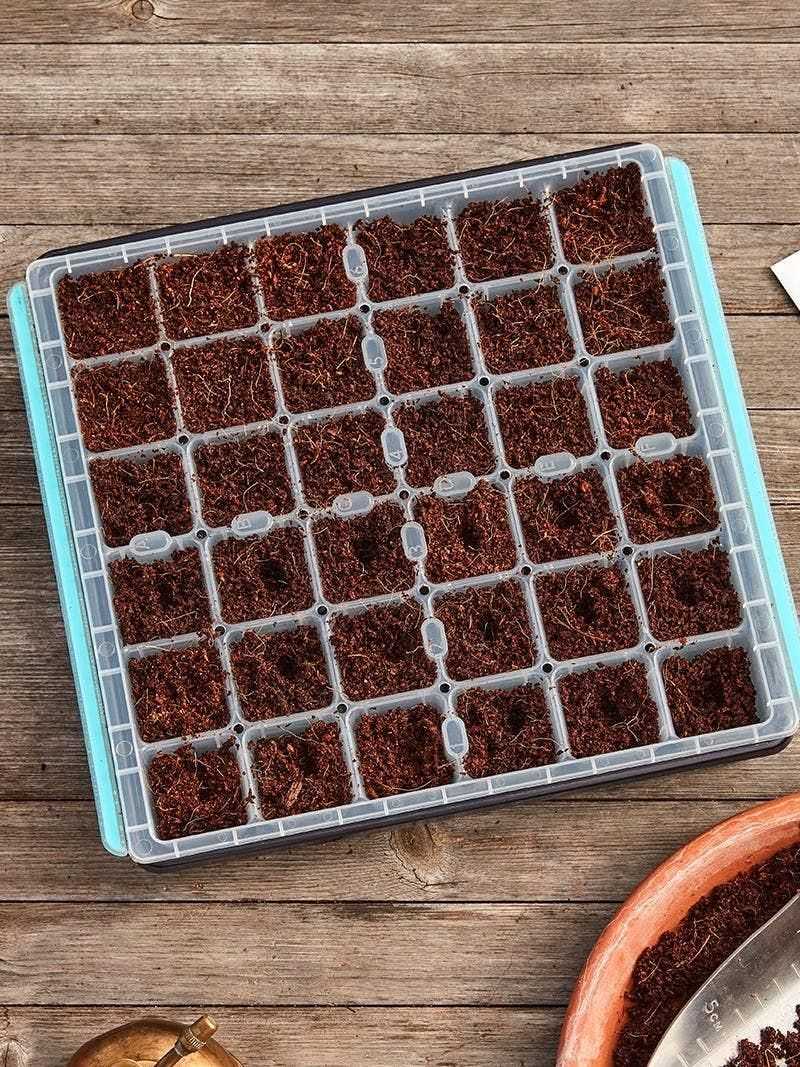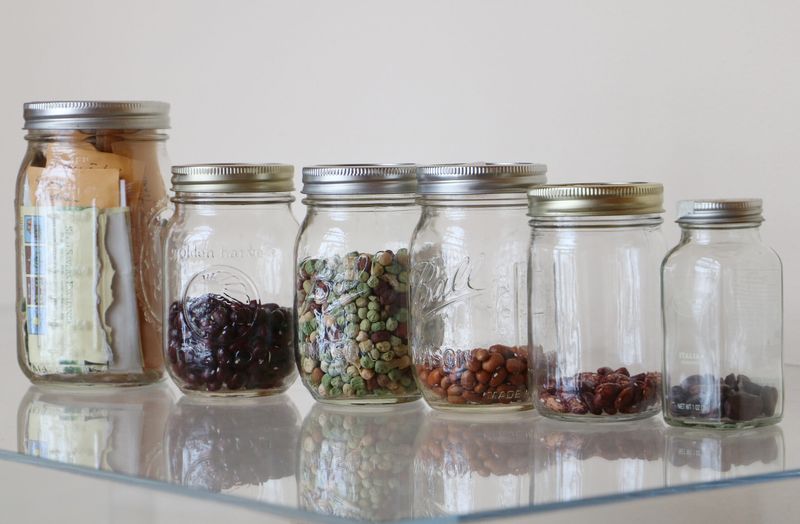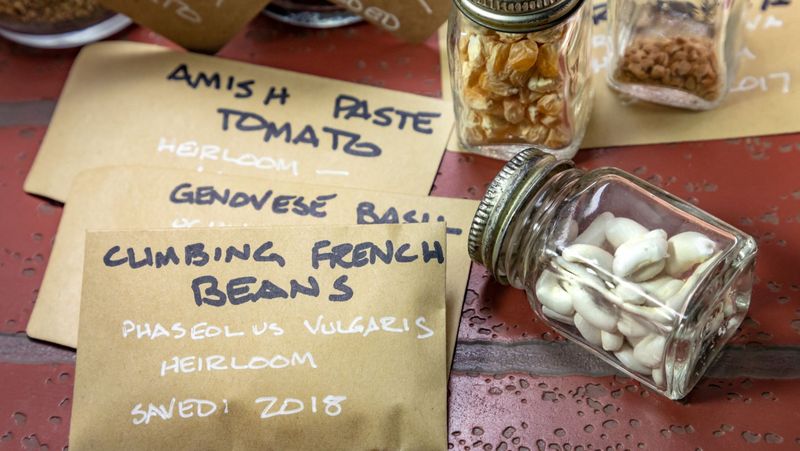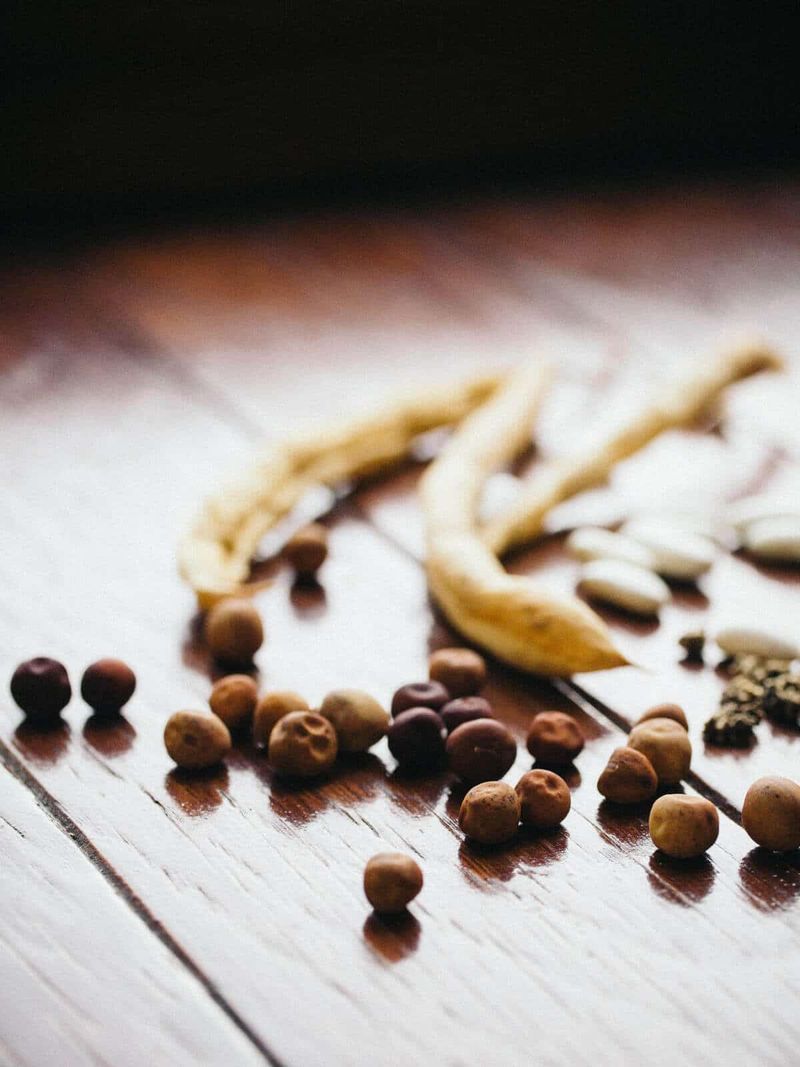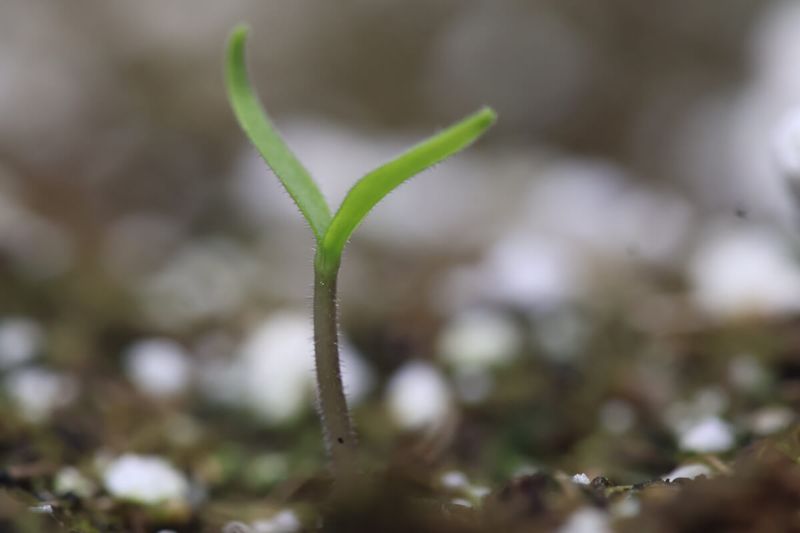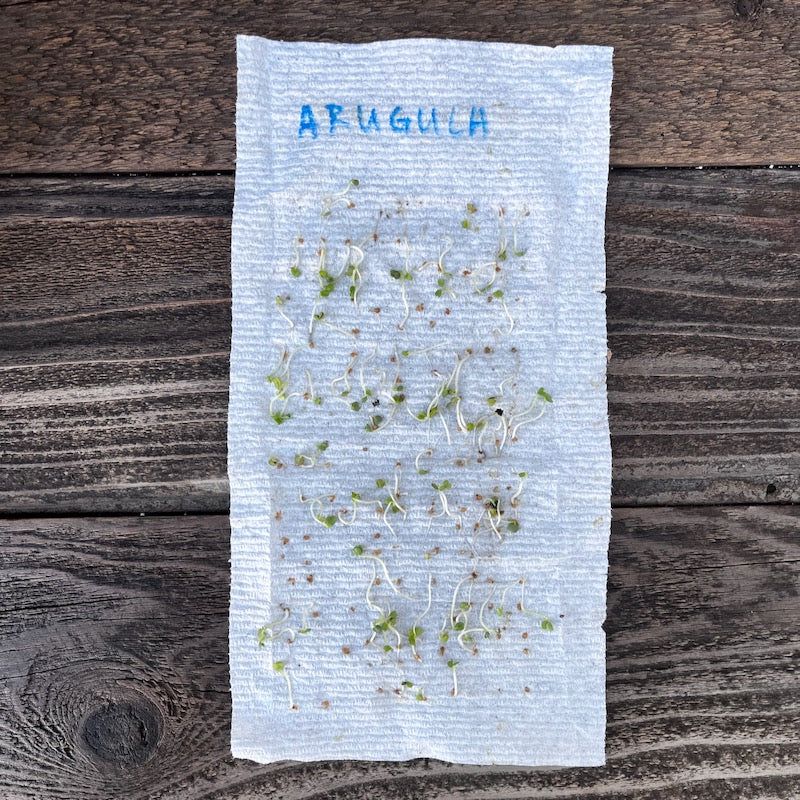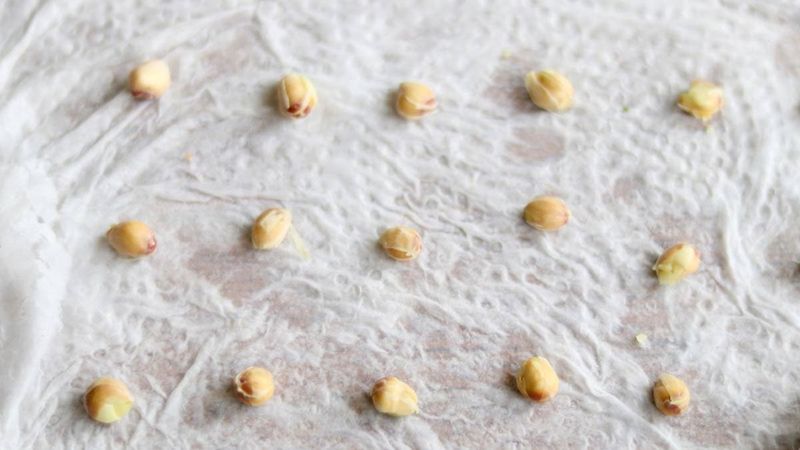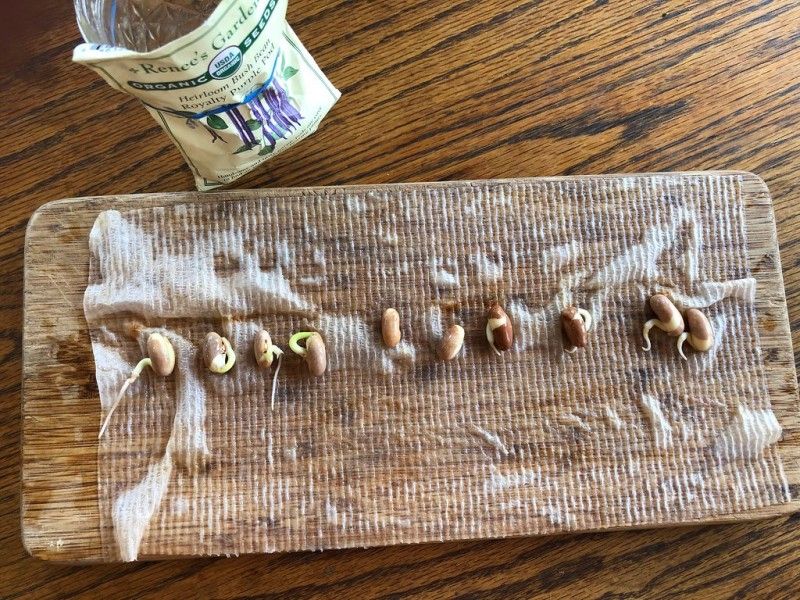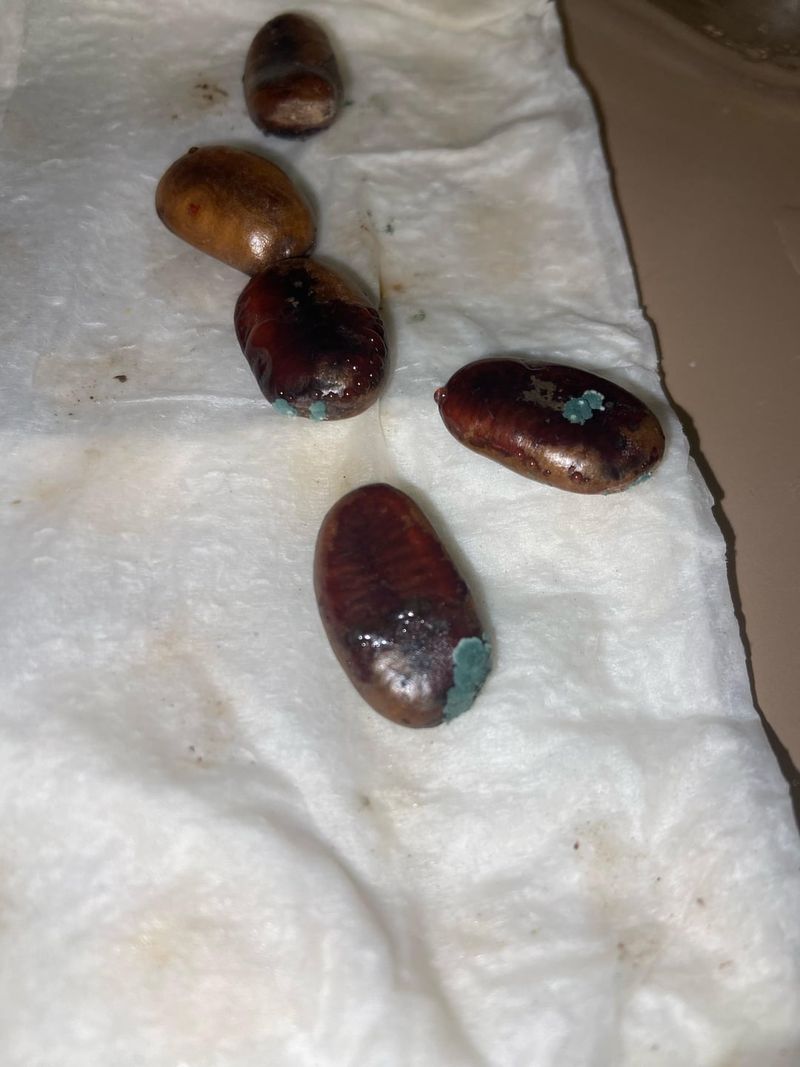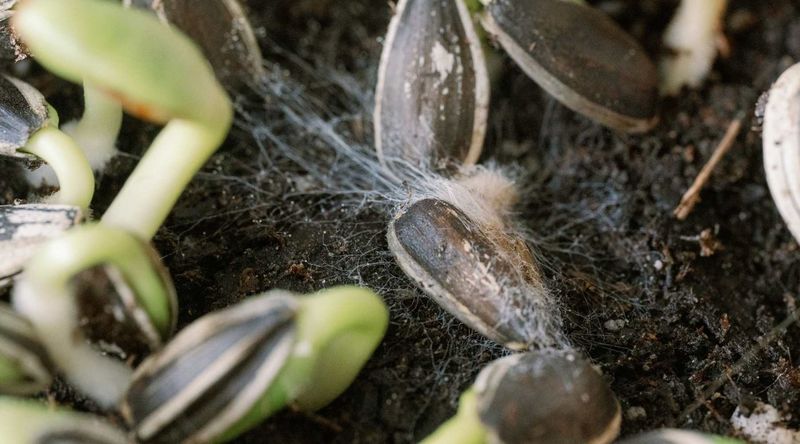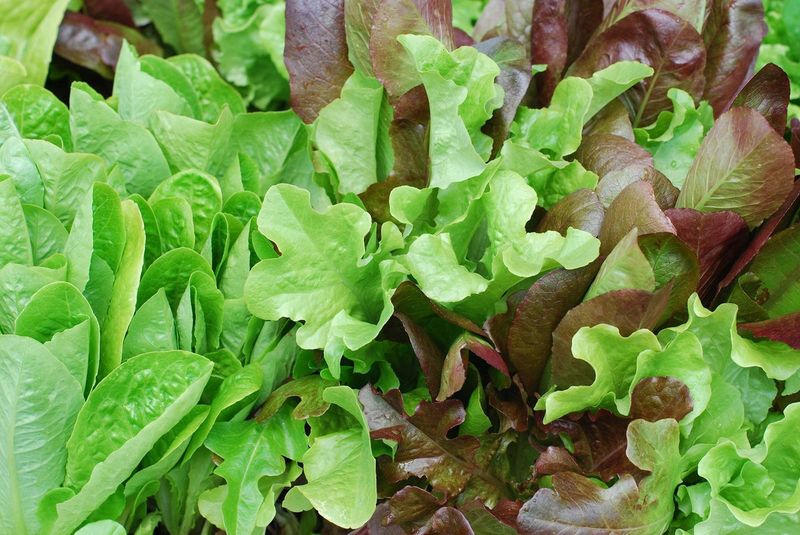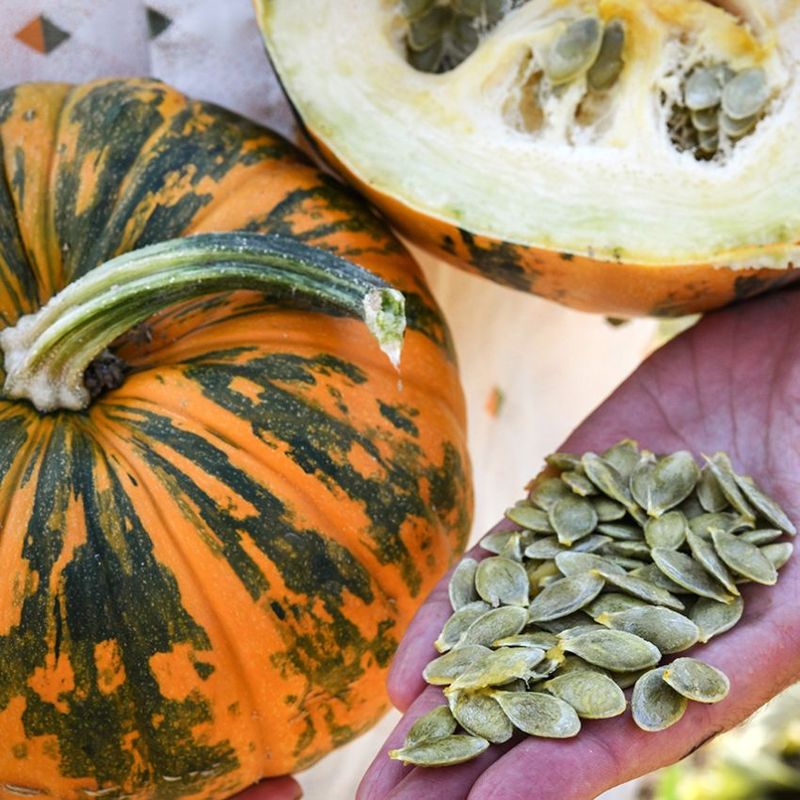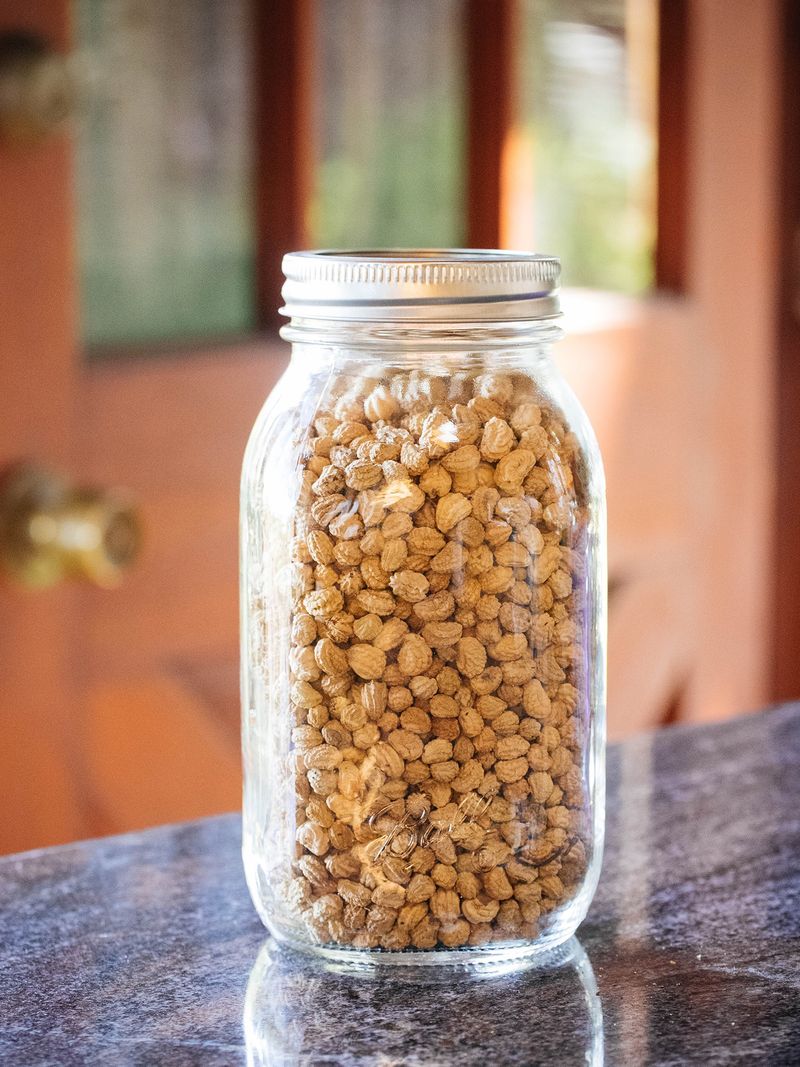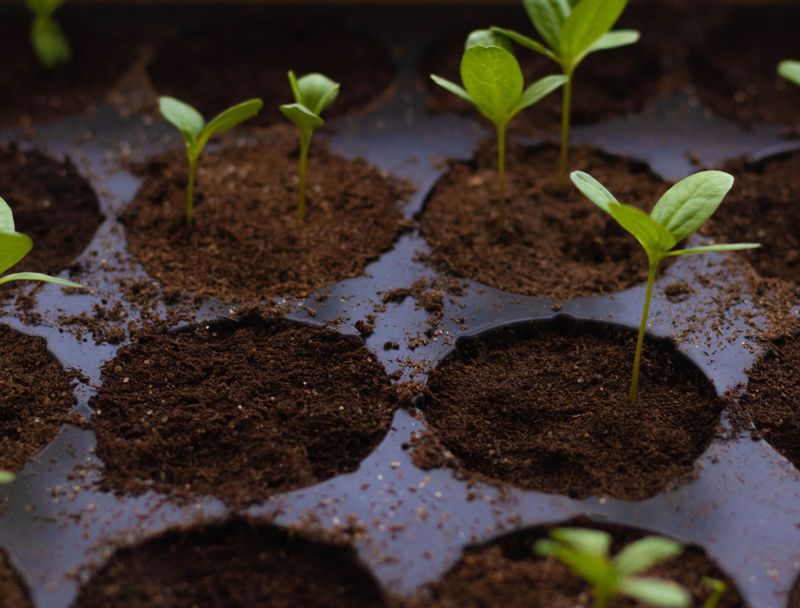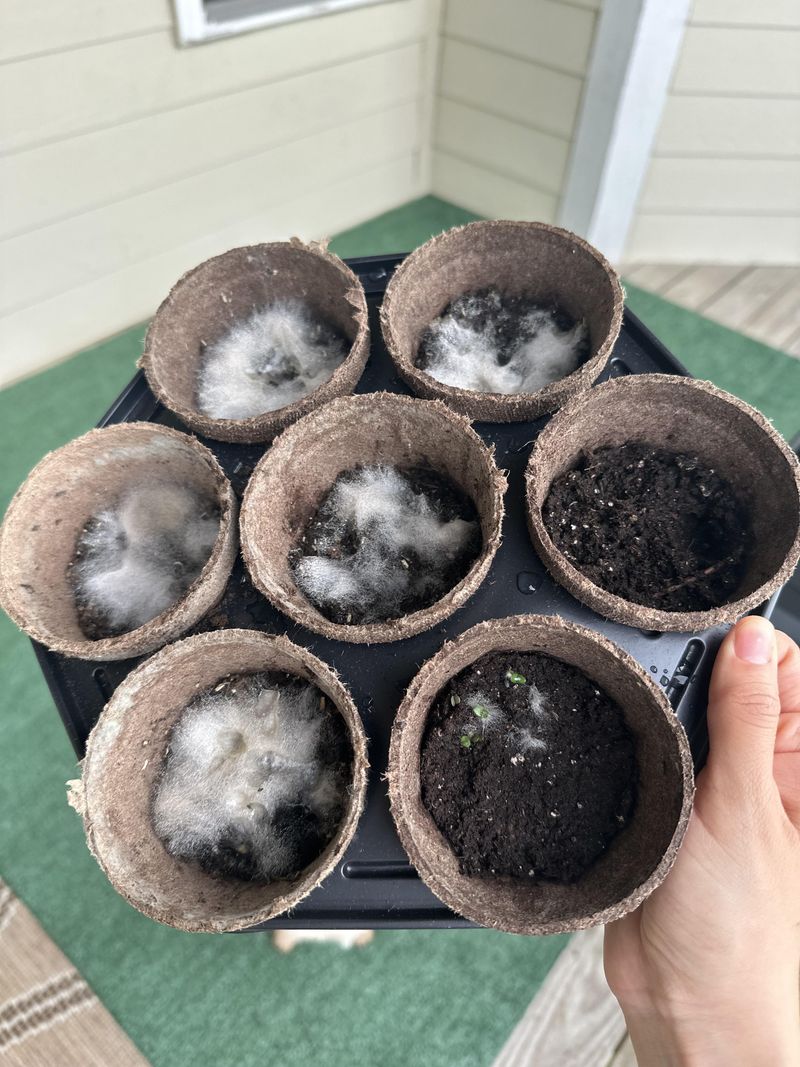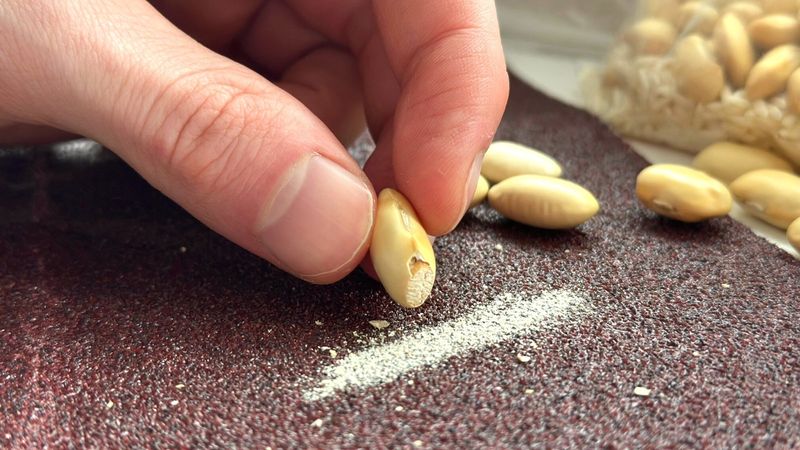It’s so easy to forget about those half-used seed packets tucked away in a drawer or shed—I’ve definitely found a few years-old ones hiding in mine! And while it’s tempting to assume they’re no good anymore, the truth is, seeds are a bit like that forgotten chocolate bar at the back of the cupboard: they might still be perfectly fine, even if they’re past their “best by” date.
Sure, seeds do lose their strength over time, but that doesn’t always mean they’re useless. Some of them can surprise you with their resilience, especially if they’ve been stored decently. So, before you toss them out with a sigh, let’s take a closer look at how to test whether they’re still viable.
Who knows? You might just end up with a flourishing garden from seeds you nearly gave up on. It’s all about giving them a second chance—and sometimes, those second-chance seeds turn out to be the most rewarding ones to grow.
1. Seeds Don’t Instantly Go Bad After The Expiration Date
Have you ever wondered if seeds go kaput the second the clock strikes midnight on their expiration date? Luckily, they don’t! Many seeds continue to hold potential, even when labeled expired.
The key is understanding that expiration dates are more guidelines than strict timelines. They indicate when seeds are at peak performance, not their last hurrah.
So, before you discard them, consider giving them a chance to sprout. It’s like a plant’s version of “better late than never.” Just imagine the satisfaction of nurturing life from something others might call ‘past its prime.’
2. Germination Rates Decline Over Time
Seed expiration is a bit like aging; things might still work, just not as splendidly as before. As seeds sit around, their germination rates start to wane. It’s not a sudden drop but a gradual decline.
This means fewer seeds might sprout when you plant them, resulting in a sparser garden than anticipated. But don’t worry, there’s still hope! Testing seeds before planting can help you gauge their potential.
3. Storage Conditions Matter More Than The Date
I’ve found that how you store seeds often trumps their expiration date. Seeds thrive in cool, dry, and dark environments.
Forget the expiry label—if seeds have been pampered under optimal conditions, they’re likely still good to go. Place them in airtight containers with desiccants to absorb moisture.
4. Cool, Dry, And Dark Is Best For Storing Seeds
When it comes to storing seeds, they thrive in the dark! Keep them away from heat, humidity, and light. A cool basement or a fridge drawer dedicated to seeds is perfect.
By maintaining this storage trinity, you’re maximizing their potential longevity and germination prowess. Just remember to seal them well, keeping unwanted moisture at bay.
5. Some Seeds Last Longer Than Others Naturally
In the seed world, not all are created equal. Some seeds, like beans and squash, are the marathon runners—they naturally last longer. On the flip side, lettuce and onions are sprinters, quick to reach their expiration.
Knowing which seeds have longer lifespans can guide your planting strategy. So, if you’re planning a garden, keep these differences in mind to ensure a bountiful harvest.
6. Humidity Can Ruin Viability Faster Than Age
Can you guess the silent killer of seed viability? It’s humidity! More damaging than mere age, excess moisture leads seeds to rot or sprout prematurely.
Even the sturdiest seeds succumb if exposed over time. Investing in airtight containers and silica gel packets can shield seeds from this sneaky threat.
So, when preparing for the next planting season, arm your seeds with the best defense against moisture.
7. You Can Test Germination At Home Before Planting
Before committing your seeds to the soil, why not test their viability at home? It’s simple and saves you from garden disappointment. Lay seeds on a moist paper towel, fold, and place in a plastic bag.
Keep this setup warm and check for sprouts in a week. Think of it as a sneak peek of your future garden!
This little experiment can tell you which seeds are ready to roll and which need to retire, ensuring your planting efforts are fruitful.
8. Paper Towel Germination Tests Are Simple And Effective
Once, I was skeptical about paper towel germination tests until I tried one myself. It’s almost magical! By placing seeds on a damp paper towel, folding it, and keeping them warm, you witness nature’s wonder.
This method offers a quick check on seed viability, saving time and effort later. For someone like me who loves instant results, it’s perfect.
Plus, watching tiny sprouts emerge feels like a small victory in the gardening world.
9. Expired Seeds May Still Grow, But Less Reliably
Even past their prime, expired seeds might still surprise you. They can grow, just not as dependably as fresh seeds. You may see sprouts but expect varying results.
Some may flourish, while others struggle or fail entirely. So, if you’re okay with a little unpredictability and don’t mind a mix of thriving and sparse patches, expired seeds might just work for you.
10. Moldy Or Discolored Seeds Should Be Tossed Immediately
Ever picked up seeds that seemed off-color or, worse, moldy? Trust your instincts and toss them! These seeds scream trouble and won’t contribute to a thriving garden. Nothing good comes of it.
Mold and discoloration are telltale signs of damage. Instead of risking your garden’s health, it’s better to discard them and start fresh.
Why gamble with growth when you can ensure quality from the get-go?
11. Cracked Or Damaged Seeds Are Unlikely To Sprout
They’re unlikely to sprout and contribute little to your garden. Damage often means vital parts of the seed are compromised, leaving them too weak to grow.
Before you plant, give your seeds a good inspection. Don’t let broken ones take up space where healthy seeds could flourish. Ensuring quality seeds means more blooms and bountiful harvests in the long run.
12. Herbs And Lettuce Seeds Lose Viability Quickly
Herb and lettuce seeds are like the fast fashion of the plant world—they trend quickly then fade. They lose viability faster than many other seeds, so timing is everything if you want them to sprout.
If you’re planning to plant herbs or lettuce, use these seeds sooner rather than later. Waiting too long might result in a patchy herb garden or salad bed.
Treat them like fresh produce: best enjoyed in their prime for maximum flavor and yield.
13. Tomato, Melon, And Squash Seeds Last Several Years
Unlike herbs, tomato, melon, and squash seeds are the long-haul truckers of the seed world. They maintain their viability for several years, offering flexibility in planting schedules.
I once found a forgotten packet, years old, and still witnessed a hearty tomato crop!
If you’re someone who likes to plan but also procrastinates, these seeds are forgiving. They allow you to dream of future bounties without the rush, making them a gardener’s reliable ally.
14. Keep Seeds In Airtight Containers With Desiccants If Possible
To keep seeds at their best, store them in airtight containers with desiccants. It’s close to giving them their personal climate-controlled environment. Desiccants absorb moisture, ensuring seeds remain dry and viable.
Airtight containers prevent humidity and pests from sneaking in. It’s a simple yet powerful way to maintain seed quality.
By following this practice, you’re setting your seeds up for success, so when planting time comes, they’re raring to grow.
15. Labeling And Dating Your Seeds Helps Track Viability
Have you ever found seeds and wondered when you bought them? Labeling and dating can save you from that mystery.
It’s like a time capsule for your gardening endeavors, providing insights into seed ages and expiration. By keeping track, you know exactly what you’re working with and when it’s best to plant them.
Plus, it helps avoid confusion during the next planting season. It’s a little organization upfront that pays off big time in the garden.
16. Toss Seeds That Fail A Germination Test
Performing a germination test is like giving seeds an audition. If they don’t sprout, they’re not ready for the garden stage.
Testing reveals their true potential, and if they fail, don’t hesitate to toss them. It’s a tough decision but holding onto seeds that won’t grow is futile.
Save space and effort for those with the energy to flourish. Your garden deserves only the best, so be discerning about what makes the cut.
17. Discard Seeds That Are Moldy, Soft, Or Have An Off Smell
Once, during a seed sorting session, I made a regrettable mistake of holding onto seeds that seemed just a little off. Never again!
Moldy, soft, or oddly scented seeds are bad news. They’re unlikely to germinate and might even bring pests or disease. It’s like inviting trouble to your garden party.
By discarding these seeds promptly, you’re doing your garden a favor. A fresh start with healthy seeds is always the way to go for a flourishing garden.
18. Get Rid Of Crushed, Broken, Or Bug-Damaged Seeds
Crushed, broken, or bug-damaged seeds are unlikely to perform and better off discarded. They lack the vigor needed for growth and might compromise the health of your garden.
By removing them, you’re making space for healthy candidates ready to thrive. After all, a successful garden starts with robust seeds that can grow into strong, beautiful plants.

